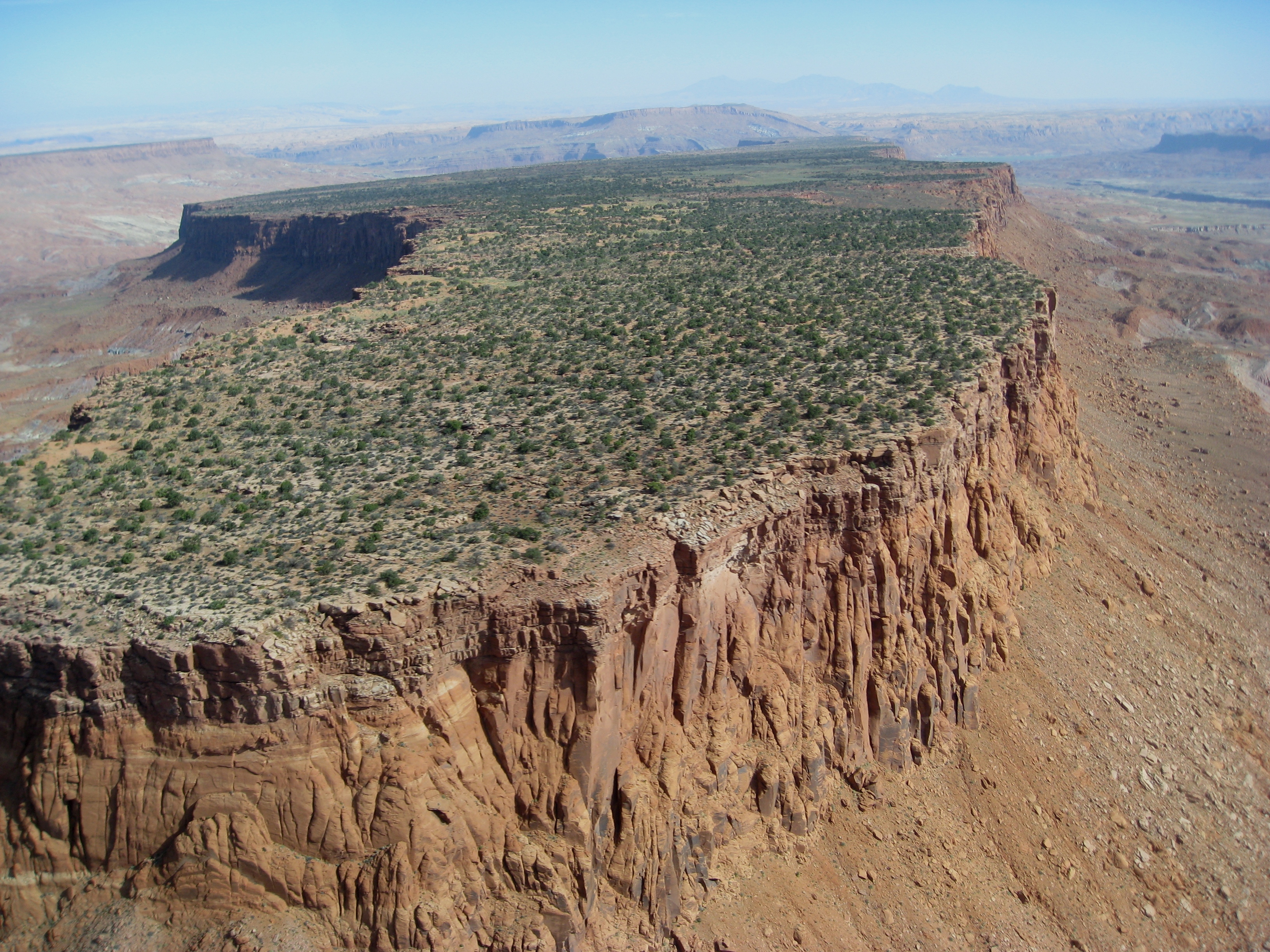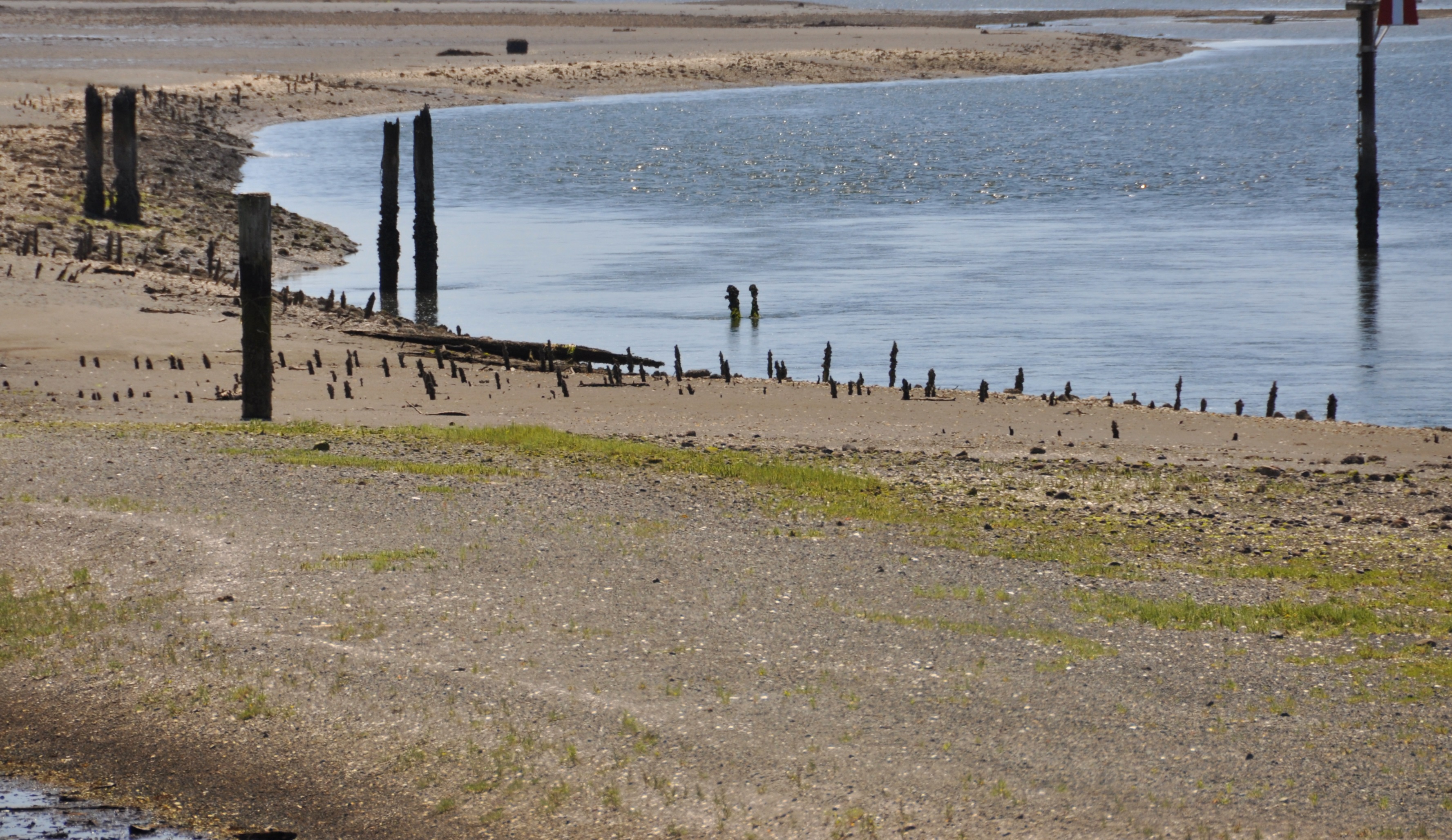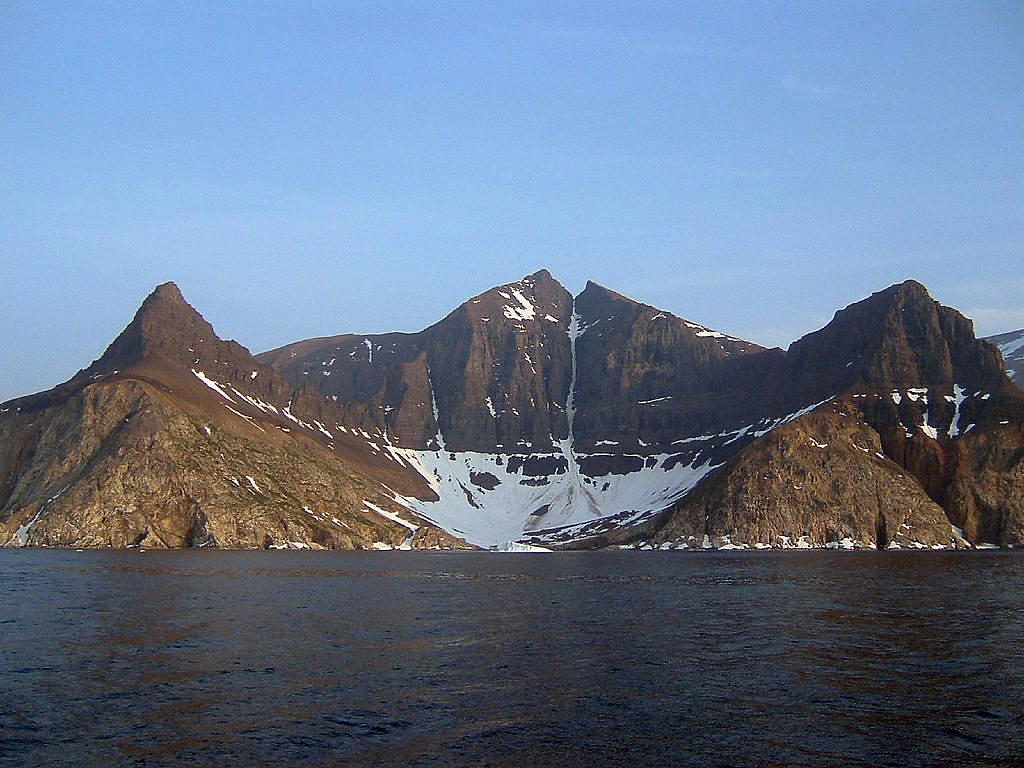|
Mount Frink
Mount Frink is a plateau-like mesa on Vancouver Island, British Columbia, Canada, located west of Courtenay and southeast of Mount Albert Edward Most often Frink is climbed as part of a traverse, circumnavigating the high ridge that wraps around Moat Lake from Castlecraig Mountain to Mt. Albert Edward. Beyond tagging the summit via the ridge traverse, the only other noteworthy route is the West face which had its first recorded ascent done in the winter of 1999/2000 over New Years by Alex and Dave Ratson. Graded at AI III (AI= Alpine ice) with a few mixed moves in the lower portion of the route. See also * List of mountains of Canada Most mountain peaks of Canada lie in the west, specifically in British Columbia, Alberta, and the Yukon. Mountains can be found all over British Columbia while those in Alberta are mainly situated on the eastern side of the Canadian Rockies. The ... References Vancouver Island Ranges One-thousanders of British Columbia Comox Land Dist ... [...More Info...] [...Related Items...] OR: [Wikipedia] [Google] [Baidu] |
Vancouver Island
Vancouver Island is an island in the northeastern Pacific Ocean and part of the Canadian province of British Columbia. The island is in length, in width at its widest point, and in total area, while are of land. The island is the largest by area and the most populous along the west coasts of the Americas. The southern part of Vancouver Island and some of the nearby Gulf Islands are the only parts of British Columbia or Western Canada to lie south of the 49th parallel. This area has one of the warmest climates in Canada, and since the mid-1990s has been mild enough in a few areas to grow Mediterranean crops such as olives and lemons. The population of Vancouver Island was 864,864 as of 2021. Nearly half of that population (~400,000) live in the metropolitan area of Greater Victoria, the capital city of British Columbia. Other notable cities and towns on Vancouver Island include Nanaimo, Port Alberni, Parksville, Courtenay, and Campbell River. Vancouver Island is the ... [...More Info...] [...Related Items...] OR: [Wikipedia] [Google] [Baidu] |
Comox Land District
The Comox Land District is one of the 59 land districts of British Columbia, Canada, which are part of the cadastral divisions of British Columbia, created with rest of those on Vancouver Island via the Lands Act of the Colony of Vancouver Island. The British Columbia government's BC Names system, a subdivision of GeoBC, defines a land district as "a territorial division with legally defined boundaries for administrative purposes". All land titles and surveys use the Land District system as the primary point of reference, and entries in BC Names for placenames and geographical objects are so listed. Description The Comox Land District lies between the Nelson Land District to the south, the Sayward Land District to the north, and the Nootka Land District to the west. There is a maritime boundary in the Strait of Georgia with the New Westminster Land District on the southeast, and with the Sayward Land District on the northwest. Boundary Beginning at a point in Discovery Pas ... [...More Info...] [...Related Items...] OR: [Wikipedia] [Google] [Baidu] |
Vancouver Island Ranges
The Vancouver Island Ranges, formerly called the Vancouver Island Mountains, are a series of mountain ranges extending along the length of Vancouver Island which has an area of . The Vancouver Island Ranges comprise the central and largest part of the island. The Geological Survey of Canada refers to Vancouver Island, Haida Gwaii, and the Alaska Panhandle as the Insular Belt including the sea floor out to 100 km (62 mi) west of Vancouver Island. The Vancouver Island Ranges are a sub-range of the Insular Mountains. Explorations The first European sighting of these ranges was likely Sir Francis Drake. A sighting of land on June 5, 1579 was recorded by his crew aboard the vessel ''Golden Hind'' at a latitude of 48 degrees north but not finding safe harbour, they moved on southward. The highest peak of the Vancouver Island Ranges, the Golden Hinde, is named for his vessel. The first European explorer likely to have observed any of the mountains of the Vancouver Isl ... [...More Info...] [...Related Items...] OR: [Wikipedia] [Google] [Baidu] |
National Topographic System
The National Topographic System or NTS is the system used by Natural Resources Canada for providing general purpose topographic maps of the country. NTS maps are available in a variety of scales, the standard being 1:50,000 and 1:250,000 scales. The maps provide details on landforms and terrain, lakes and rivers, forested areas, administrative zones, populated areas, roads and railways, as well as other man-made features. These maps are currently used by all levels of government and industry for forest fire and flood control (as well as other environmental issues), depiction of crop areas, right-of-way, real estate planning, development of natural resources and highway planning. To add context, land area outside Canada is depicted on the 1:250,000 maps, but not on the 1:50,000 maps. History Topographic mapping in Canada was originally undertaken by many different agencies, with the Canadian Army’s Intelligence Branch forming a survey division to create a more standardized mapp ... [...More Info...] [...Related Items...] OR: [Wikipedia] [Google] [Baidu] |
Mesa
A mesa is an isolated, flat-topped elevation, ridge or hill, which is bounded from all sides by steep escarpments and stands distinctly above a surrounding plain. Mesas characteristically consist of flat-lying soft sedimentary rocks capped by a more resistant layer or layers of harder rock, e.g. shales overlain by sandstones. The resistant layer acts as a caprock that forms the flat summit of a mesa. The caprock can consist of either sedimentary rocks such as sandstone and limestone; dissected lava flows; or a deeply eroded duricrust. Unlike ''plateau'', whose usage does not imply horizontal layers of bedrock, e.g. Tibetan Plateau, the term ''mesa'' applies exclusively to the landforms built of flat-lying strata. Instead, flat-topped plateaus are specifically known as '' tablelands''.Duszyński, F., Migoń, P. and Strzelecki, M.C., 2019. ''Escarpment retreat in sedimentary tablelands and cuesta landscapes–Landforms, mechanisms and patterns.'' ''Earth-Science Reviews, no. 10 ... [...More Info...] [...Related Items...] OR: [Wikipedia] [Google] [Baidu] |
British Columbia
British Columbia (commonly abbreviated as BC) is the westernmost Provinces and territories of Canada, province of Canada, situated between the Pacific Ocean and the Rocky Mountains. It has a diverse geography, with rugged landscapes that include rocky coastlines, sandy beaches, forests, lakes, mountains, inland deserts and grassy plains, and borders the province of Alberta to the east and the Yukon and Northwest Territories to the north. With an estimated population of 5.3million as of 2022, it is Canada's Population of Canada by province and territory, third-most populous province. The capital of British Columbia is Victoria, British Columbia, Victoria and its largest city is Vancouver. Vancouver is List of census metropolitan areas and agglomerations in Canada, the third-largest metropolitan area in Canada; the 2021 Canadian census, 2021 census recorded 2.6million people in Metro Vancouver Regional District, Metro Vancouver. The First Nations in Canada, first known human inhabi ... [...More Info...] [...Related Items...] OR: [Wikipedia] [Google] [Baidu] |
Canada
Canada is a country in North America. Its ten provinces and three territories extend from the Atlantic Ocean to the Pacific Ocean and northward into the Arctic Ocean, covering over , making it the world's second-largest country by total area. Its southern and western border with the United States, stretching , is the world's longest binational land border. Canada's capital is Ottawa, and its three largest metropolitan areas are Toronto, Montreal, and Vancouver. Indigenous peoples have continuously inhabited what is now Canada for thousands of years. Beginning in the 16th century, British and French expeditions explored and later settled along the Atlantic coast. As a consequence of various armed conflicts, France ceded nearly all of its colonies in North America in 1763. In 1867, with the union of three British North American colonies through Confederation, Canada was formed as a federal dominion of four provinces. This began an accretion of provinces and ... [...More Info...] [...Related Items...] OR: [Wikipedia] [Google] [Baidu] |
Courtenay, British Columbia
Courtenay ( ) is a city on the east coast of Vancouver Island, in the Canadian province of British Columbia. It is the largest community and only city in the area commonly known as the Comox Valley, and the seat of the Comox Valley Regional District, which replaced the Comox-Strathcona Regional District. Courtenay is west of the town of Comox, northeast of the village of Cumberland, northwest of the unincorporated settlement of Royston, and northwest of Nanaimo. Along with Nanaimo and Victoria, it is home to The Canadian Scottish Regiment (Princess Mary's), a Primary Reserve infantry regiment of the Canadian Armed Forces. Courtenay and nearby Comox are served by the coast-spanning Island Highway, the Island Rail Corridor, and a local airport in Comox. History Early history Archaeological evidence suggests there was an active Coast Salish fishing settlement on the shores of the Courtenay River Estuary for at least 4,000 years. Due to its gentle climate, fertile ... [...More Info...] [...Related Items...] OR: [Wikipedia] [Google] [Baidu] |
Mount Albert Edward (British Columbia)
Mount Albert Edward is the sixth highest peak on Vancouver Island and one of the most easily accessible. Located in Strathcona Provincial Park, the mountain is a popular destination both in summer for hikers and in winter for skiers and snowshoers. The mountain is named for Albert Edward, the Prince of Wales, later Edward VII. See also * List of mountains in Strathcona Provincial Park * Royal eponyms in Canada In Canada, a number of sites and structures are named for royal individuals, whether a member of the past French royal family, British royal family, or present Canadian royal family thus reflecting the country's status as a constitutional monar ... References External linksClub Tread* Vancouver Island Ranges Two-thousanders of British Columbia Comox Land District {{BritishColumbiaCoast-geo-stub ... [...More Info...] [...Related Items...] OR: [Wikipedia] [Google] [Baidu] |
List Of Mountains Of Canada
Most mountain peaks of Canada lie in the west, specifically in British Columbia, Alberta, and the Yukon. Mountains can be found all over British Columbia while those in Alberta are mainly situated on the eastern side of the Canadian Rockies. The Saint Elias Mountains in the Yukon hold some of country's highest mountains, including the highest, Mount Logan at . Alberta ;Highest peaks Mts. Columbia & King Edward.jpg, Mount Columbia & King Edward in background The Twins - South and North (l-r).jpg, The Twins massif - South Twin and North Twin (l-r) Mount Assiniboine massif.jpg, Mount Assiniboine seen from above Lake Magog Columbia Icefields - panoramio (1).jpg, Snow Dome seen from Icefields Parkway British Columbia Mount Assiniboine.jpg, Mount Assiniboine Mount Robson South.jpg, Mount Robson, highest in Canadian Rockies Garibaldi black tusk.jpg, The Black Tusk Snow Dome+Dome Glacier.jpg, Snow Dome and Dome Glacier Mount Mackenzie from Mount Revelstoke NP.jpg, Moun ... [...More Info...] [...Related Items...] OR: [Wikipedia] [Google] [Baidu] |






